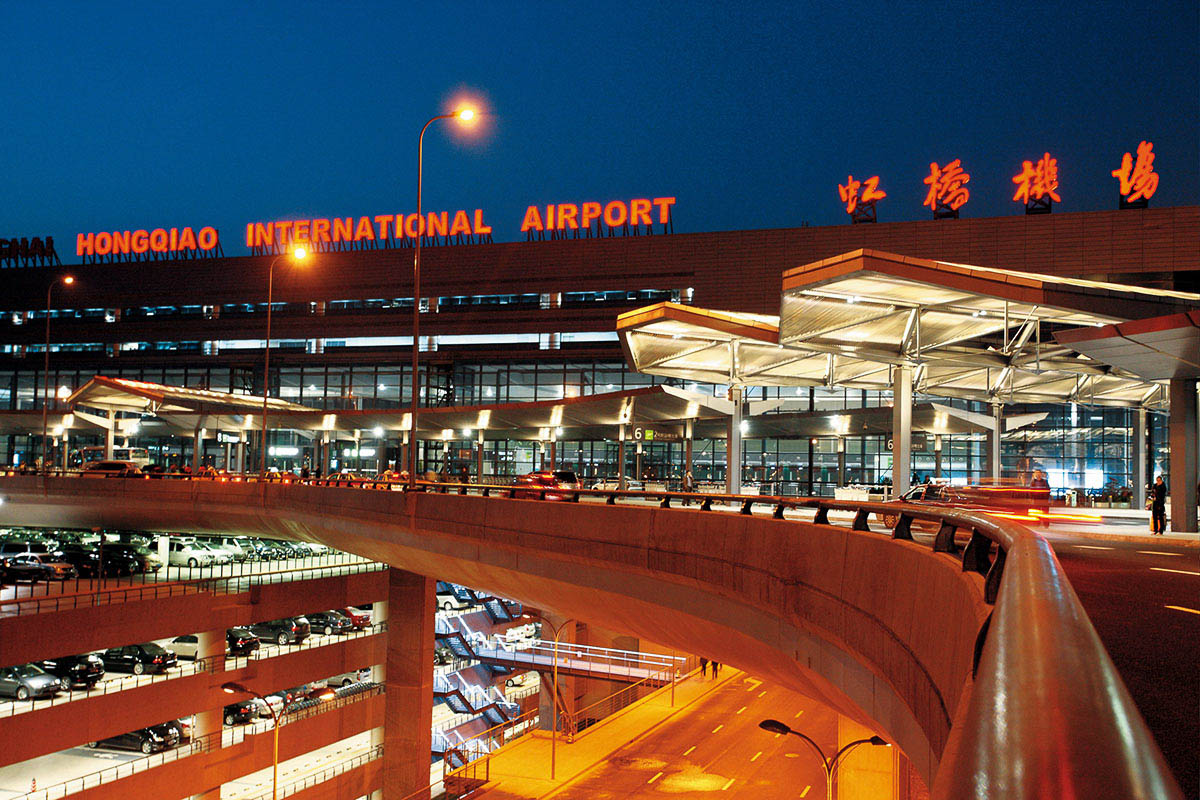Shanghai Hongqiao airport has introduced automated facial-recognition check-in as part of China’s push towards wider usage of such technologies. Passengers will complete the whole check-in process using this technology.
Facial-recognition check-in
First to adopt the new system, currently only available to Chinese identity-card holders is low-cost airline Spring Airlines. Following the recent renovation of Terminal 1, Spring has moved their service counter to the terminal’s Island D. The new self-service kiosks can be used for for flight and baggage check-in, security clearance and boarding. All are powered by facial-recognition technology.
Initial response from passengers was positive, with 87% of Spring’s 5,017 using the self-service kiosks. They’ve reported that check-in time has been cut to less than a minute-and-a-half.
Beijing and Nanyang city, in central China’s Henan province are also developing and promoting similar systems. These initiatives are part of China’s move towards becoming a global leader in using facial-recognition technology.
Travellers in other Chinese airports as well as others around the world are already familiar with the use of facial recognition to help speed-up security checks. However, this is the first comprehensive use of the technology in China to manage the whole check-in process.
Other uses of the technology
The use of facial recognition is growing very fast and most people across China and much of the world have had some experience with the technology. There have been many reports of its use in identifying ‘persons of interest’ in crowds or on the street. The growing collection of surveillance-camera data will be used to develop an integrated national database.
AirAsia makes use of FACES (Fast Airport Clearance Experience System) at Senai International Airport (Johor Bahru), similar to that used at Changi T4 in Singapore.
With the inclusion of biometric chips in modern passports, we can move easily through arrival and departure procedures already, including most Australian International Airports. This is just another step in the movement towards wider development and adoption of the technology.
Social media has many reports of new applications – paying for a meal with facial-recognition technology in Hangzhou, or ATMs in Macau equipped with such devices to curb money laundering. It has also been reported that at least one school is using fsuch cameras to monitor students’ reactions in class.







This Post Has 0 Comments